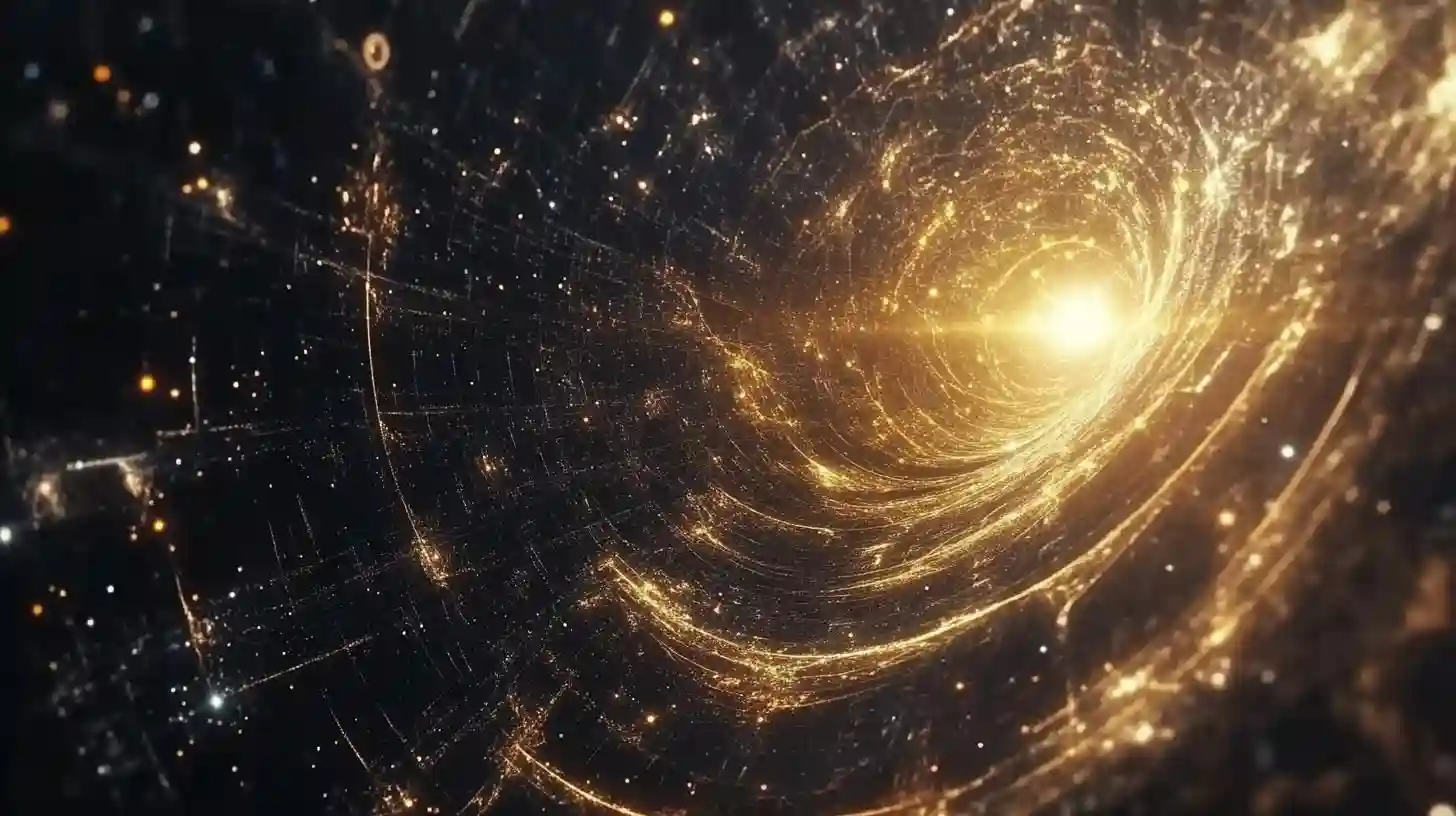
Thoughtvaultzone

The vastness of the universe has always inspired a sense of wonder and curiosity among humankind. As we attempt to understand our place in the cosmos, the mysteries of galactic orientation rise to the forefront of scientific inquiry. For centuries, astronomers and astrophysicists have sought to unravel the complexities of our galaxy, the Milky Way, and the celestial bodies that inhabit it. Recent advancements in technology have ushered in a new era of exploration, providing tools that illuminate the dark corners of galactic structure and dynamics.
One of the most groundbreaking technologies that have emerged is the development of high-resolution telescopes equipped with advanced imaging systems. These telescopes capture detailed snapshots of distant galaxies, enabling astronomers to study their formations and interactions in greater detail than ever before. The ability to observe these celestial phenomena at various wavelengths—ultraviolet, visible, and infrared—has revolutionized our understanding of stellar life cycles and the intricate relationships between different components within galaxies. Where once scientists relied on vague estimates and theoretical models, they now possess a wealth of empirical data to shape their theories.
Furthermore, the integration of artificial intelligence and machine learning into the field of astronomy has proven invaluable in analyzing this vast quantity of data. Machine learning algorithms can identify patterns and anomalies in the behavior of celestial bodies, significantly speeding up the process of discovery. As the algorithms sift through immense datasets generated by telescopes and spacecraft, they reveal hidden correlations that would remain unnoticed by the human mind. For instance, unexpected star formations, the presence of dark matter, and gravitational waves emanating from cosmic events can be detected and analyzed using these sophisticated technologies, enhancing our comprehension of the overarching mechanisms governing galaxies.
Another fascinating development is the rise of gravitational lensing as a powerful observational tool. This phenomenon, which occurs when a massive object like a galaxy or cluster of galaxies bends the light from objects behind it due to its gravitational field, serves as a natural telescope. By studying the distorted light, astronomers can infer the mass and distribution of dark matter within galaxies, which comprises a significant portion of the universe’s mass. This method not only sheds light on the structure and orientation of galaxies but also provides clues to their evolution and the formation of cosmic structures over time.
In addition to observational technologies, theoretical advancements have also contributed to a more nuanced understanding of galactic orientation. Numerical simulations of galactic dynamics have become increasingly realistic, allowing scientists to model the complex interactions between stars, gas, and dark matter within galaxies. By simulating various scenarios, astronomers can better understand how gravitational forces and other interactions influence a galaxy's shape and behavior. This synergy between theoretical modeling and observational data accumulation has led to more accurate predictions and fostered new hypotheses about the lifecycle of galaxies.
Moreover, the expansion of collaborative international efforts has created a more cohesive approach to understanding cosmic phenomena. Projects like the Event Horizon Telescope and the Space Telescope Science Institute unite scientists across borders, pooling resources and expertise. Such collaborations not only enhance our knowledge of galaxies but also cultivate a global perspective on the importance of unity in scientific discovery.
The exploration of galactic orientation has also prompted philosophical inquiries into the nature of existence and humanity’s place within the universe. As we gain deeper insights into the structure of galaxies, the complexity of star formation, and the interaction between cosmic forces, questions arise regarding how these revelations affect our understanding of life and consciousness. The mysteries of the cosmos challenge us to reevaluate our beliefs, pushing the boundaries of science and philosophy to intertwine as we venture into the unknown.
As we stand on the threshold of further exploration into galactic orientation, it is clear that revolutionary technology plays an essential role in guiding our journey. The tools at our disposal continue to evolve, allowing us to peer further into the depths of space and time. With each technological advance, the veil shrouding our understanding of the universe becomes a little thinner, empowering humanity to decode the cosmic symphony that surrounds us. It is an exhilarating time for astronomers and enthusiasts alike as new discoveries await us on the horizon, promising to deepen our understanding of the celestial ballet we call home.